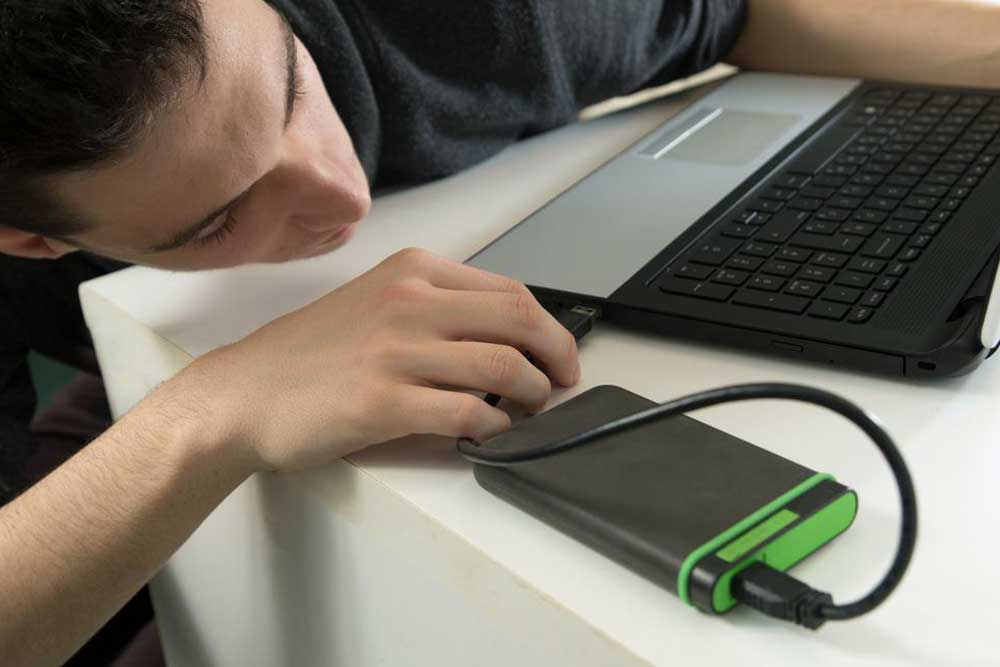Comprehensive Guide to Building Your Personal Home Cloud Server
Learn how to build a personal home cloud server for secure data storage, media streaming, and website hosting. This guide covers hardware choices, setup steps, essential software, and maintenance tips to help you create a flexible, private digital environment at home, ensuring maximum privacy, cost savings, and customization.
Sponsored

In today’s digital age, setting up a personal home server can greatly improve your data management and online control. Whether you want to store files, host websites, or stream media, a home server functions as your private cloud with customized security and flexibility. This guide explores the advantages, step-by-step setup process, and common applications to help you create your own server at home.
What Exactly Is a Home Cloud Server?
A home server is a device within your home network that provides services like data storage, backups, media streaming, and website hosting, giving you full control over your digital environment.
Unlike commercial cloud providers, a home server allows you to maintain complete sovereignty over your data and its security.
Advantages of a Home Cloud Server
1. Improved Data Privacy and Security
Running your own server means you can implement your security protocols and oversee access, reducing exposure to breaches.
2. Expandable Storage Capacity
Attaching additional drives or storage options ensures you have ample space for high-quality media files, images, and backups—without reliance on third-party limits.
3. Cost-Effective Solution
While initial hardware investments are necessary, over time, a home server eliminates ongoing subscription costs associated with cloud storage services.
4. Customization and Multi-purpose Use
From running personal websites to automating backups, a home server adapts to your specific needs, offering unmatched flexibility.
Steps to Set Up Your Home Cloud Server
1. Select Suitable Hardware
Consider repurposing an old PC or investing in dedicated devices like NAS systems, Raspberry Pi, or custom-built servers, ensuring stable network connections for seamless access.
- Reused Hardware: Cost-saving but limited by existing hardware's capabilities.
- Dedicated Options: Products such as Synology DiskStation or Raspberry Pi provide more power and features.
2. Decide on an Operating System
Popular options include Linux distributions (Ubuntu Server, Debian, CentOS), FreeBSD for advanced users, or Windows Server for familiar interfaces and compatibility.
3. Install and Configure the OS
Download the OS, follow installation guides, assign static IPs, create user accounts with rights, and enable SSH for remote management.
4. Install and Configure Key Server Software
Based on your requirements, install software like Samba or Nextcloud for file sharing, Plex or Jellyfin for media streaming, Apache or Nginx for website hosting, and backup tools like Rsync or Duplicati.
Maintaining Your Home Cloud Server
Keep your system updated, regularly back up data, monitor server performance, and implement security measures such as firewalls and strong passwords.
Common Applications of a Home Cloud Server
Use tools like Nextcloud for private cloud storage, host a personal media library with Plex, run your own website, or integrate with smart home devices for automation, gaining full control over your digital life and household systems.
Building a personal home cloud server empowers you to manage your data and online activities securely and flexibly. With proper setup, it becomes the command center for your digital and smart home needs, providing unmatched customization and control.






